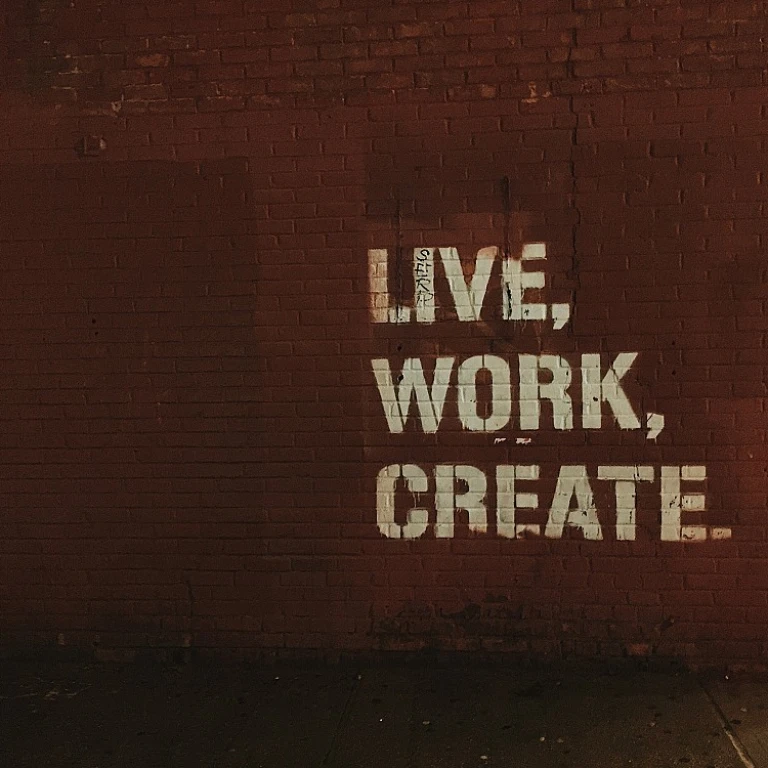Understanding the Journey Map Sprint
What is a Journey Map Sprint?
A Journey Map Sprint is a structured, time-bound process designed to help teams quickly tackle complex problems and develop innovative solutions. Originally popularized by Jake Knapp, the sprint methodology is a cornerstone of the design process, bringing together diverse team members to work collaboratively over a short period, usually five days. The goal is to create a prototype that can be tested with real users, allowing teams to gather valuable feedback and iterate on their ideas efficiently.
The Sprint Process
The sprint process is divided into distinct phases, each with its own focus and objectives. Teams begin by understanding the problem and mapping out the user journey, a critical step that sets the stage for developing effective solutions. This user journey map helps teams visualize how customers interact with a product or service, identifying pain points and opportunities for improvement. The process encourages team members to ask the right questions, explore standout ideas, and collaborate on solution sketches that will eventually lead to a prototype.
Why Use a Journey Map Sprint?
Incorporating journey map sprints into change management can significantly enhance an organization's ability to adapt and innovate. By focusing on the user journey, teams can align their efforts with long-term goals, ensuring that the solutions they develop are both practical and impactful. The sprint design fosters a culture of experimentation, where teams are encouraged to test their ideas and learn from the results, ultimately leading to more informed decision-making and better products.
For those interested in exploring how digital transformation and agile leadership can be integrated into strategic management, you can read more about it here.
Key Elements of a Journey Map Sprint
Core Components of a Journey Map Sprint
Understanding the vital elements that make up a Journey Map Sprint is crucial for any team looking to improve their problem-solving approach. These components work together to streamline the sprint process, ensuring that the team, time, and resources are utilized efficiently.- Sprint Questions: Before any work begins, it's essential that the team frames the central questions they need to answer throughout the sprint. These questions guide the process and help maintain focus on the long term goal.
- User Journey Mapping: Mapping out the user journey is a collaborative effort that involves the entire team. This map serves as the foundation for understanding customer experiences and identifying standout ideas and areas for improvement.
- Solution Sketching: Creativity is key here. Team members individually sketch out potential solutions which are later shared with the group. This step is vital for capturing a wide range of ideas and fostering innovation.
- Prototype Development: A working prototype is created based on the developed ideas. While straw polls may help narrow down choices, prototypes offer a tangible way to explore the potential impact of ideas.
- Prototype Testing: Finally, the prototype is tested by real customers, typically on a sprint day such as Friday. Feedback obtained during the test provides essential insights for refining the product or solution.
Implementing Journey Map Sprints in Change Management
Integrating Journey Map Sprints in Change Management
Implementing Journey Map Sprints in change management involves a structured process that can significantly enhance how teams navigate transitions. The sprint process, inspired by the design sprint methodology, is a collaborative effort where a diverse team will work together to map out the user journey, generate ideas, and develop solutions within a set timeframe. This approach, rooted in the principles laid out by Jake Knapp, is designed to help organizations rapidly prototype and test ideas, leading to more effective solutions.
To begin, it’s essential to assemble a sprint team that includes key stakeholders and experts who understand the change management objectives. The team should be equipped with the right tools, such as sticky notes and heat maps, to visualize the user journey and identify standout ideas. Throughout the sprint, the team will engage in activities like solution sketching and straw polls to refine their concepts.
The sprint design typically spans five days, with each sprint day dedicated to specific tasks. The process starts with defining the sprint questions and mapping out the current state. Midway, the team focuses on ideation and solution sketching, leading to the development of a prototype. Finally, on the last day, a prototype test is conducted with real customers to gather feedback and refine the solution.
Implementing Journey Map Sprints requires careful consideration of time and resources. However, when executed effectively, this method can lead to long-term improvements in how organizations manage change. By fostering a collaborative environment, teams can explore innovative solutions that align with their term goals and enhance the overall change management process. For more insights on crafting effective strategies, you can explore effective strategies for crafting menus.
Benefits of Journey Map Sprints for Organizations
Advantageous Outcomes for Organizations
Journey Map Sprints offer significant benefits for organizations striving to adapt rapidly in today’s dynamic environment. These benefits not only enhance the team's problem-solving abilities but also streamline the entire design and testing process.
- Accelerated Design Process: By condensing the design, prototype, and test phases into a short sprint, teams save valuable time. The sprint process encourages rapid generation and evaluation of ideas, which is instrumental in quickly moving from problem identification to solution testing.
- Enhanced Collaboration: Bringing together a diverse team fosters a collaborative atmosphere where distinctive ideas emerge. The inclusivity of different perspectives leads to more comprehensive solutions. Using tools like sticky notes and heat maps aids in visualizing and mapping ideas effectively.
- Focus on Customer Experience: With a core component being the user journey, focusing on customer needs ensures solutions are not only innovative but also aligned with user expectations. The inclusion of a prototype test allows for real-time customer feedback, ensuring that the product's development is on track.
- Informed Decision-Making: Teams benefit from using straw polls and sprint questions to prioritize standout ideas efficiently. This systematic approach ensures that decisions are made based on informed consensus rather than individual biases.
- Long-term Strategic Vision: While journey map sprints emphasize quick wins, they also support long-term goals by providing a clear map of user interactions and highlighting areas for strategic improvement. This alignment helps in achieving both immediate and extended objectives seamlessly.
Ultimately, integrating journey map sprints within organizational practices enables a streamlined process to identify, prototype, and implement solutions that resonate with the end-users, enhancing both customer satisfaction and business outcomes.









